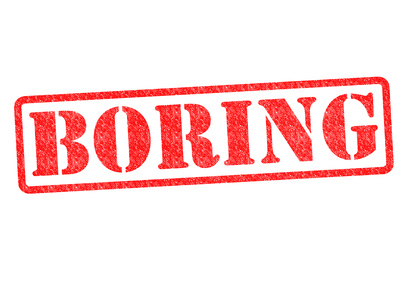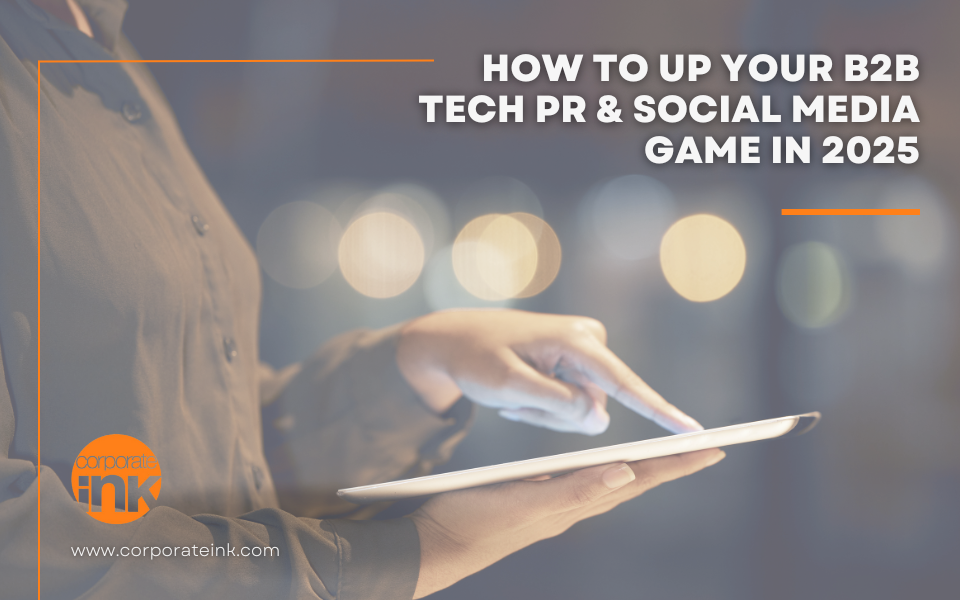
Even “boring” industries need marketing
December 7, 2016
Push vs. pull marketing: How millennials are changing the game
May 1, 2017
Creating awareness for the sake of awareness has never been enough. Media awareness needs to have an objective, and be amplified to ensure it reaches buyers. In most cases, the amplification strategy is just as important as the coverage itself.
Here are five strategies to maximize the value of earned media, and ensure your coverage gets into the hands of the people that matter most: your customers and prospects.
Nurture your pipeline
Media coverage – when shared in an informal, personalized way – can become a marketer’s best-performing email content. After securing a strong piece of coverage, package the story in a personalized email for your sales team. The key is to send the coverage without any spin, marketing hype or an ask. By offering something of value, as opposed to the typical ask – download this, let’s meet, sign up here, etc. – you are positioning your team to be of value, which in turn should increase engagement rates.
Consider paid social
When you have great coverage that speaks directly to your buyers, consider promoting the story to ensure it gets in front of the right people. Paid social channels, like LinkedIn and Facebook, help ensure the media you generate reaches your target prospects. Overtime, you can track the value and return down to the cost of a qualified lead. Paid amplification channels like OutBrain are also worth considering, especially when you have highly consumable piece of coverage that speaks to a broad audience.
Get a backlink for organic SEO
While not always possible, getting a link back to your site from a respected media outlet can do wonders for a company’s organic search ranking and inbound traffic. While Google used to heavily weigh the quantity of inbound links, today the algorithm is more geared toward credibility. The more links you have from credible sites, like The New York Times or The Boston Globe, the better your organic ranking will be.
Go deeper on social
Sharing media coverage on social is table stakes. But with so many people sharing content across Twitter, LinkedIn and Facebook, it can be tough to drive engagement. There are a couple of ways improve your chances of standing out: First, have a highly-connected member of your leadership team publish a short article that offers commentary on the story and links out to the coverage on LinkedIn. This is different than just sharing an update (which is always good to do). By actually publishing an article on LinkedIn, you increase the chances that the customers and prospects in your network will see the story. Secondly, expand beyond your core network by targeting industry groups on LinkedIn and using the story to start a discussion. And finally, get bold and creative with your copy – the more counterintuitive and creative, the more engagement.
Use PR to validate
Once you have a pipeline of media coverage, use the press to help validate your company during the sales process. Media coverage is not going to make the sale, but quickly showing off logos in your sales collateral and on your website is an easy way to add credibility and reduce risk for the buyer.
No matter how great the media win, there’s no guarantee your target prospects will see the story. Next time you score a big win, don’t forget to amplify – the payoff is always worth the extra investment.
Corporate Ink is no stranger to awareness campaigns: Check out some of our previous work.





